Home>Ideas and Tips>Creating A Wildflower Meadow In Your Backyard
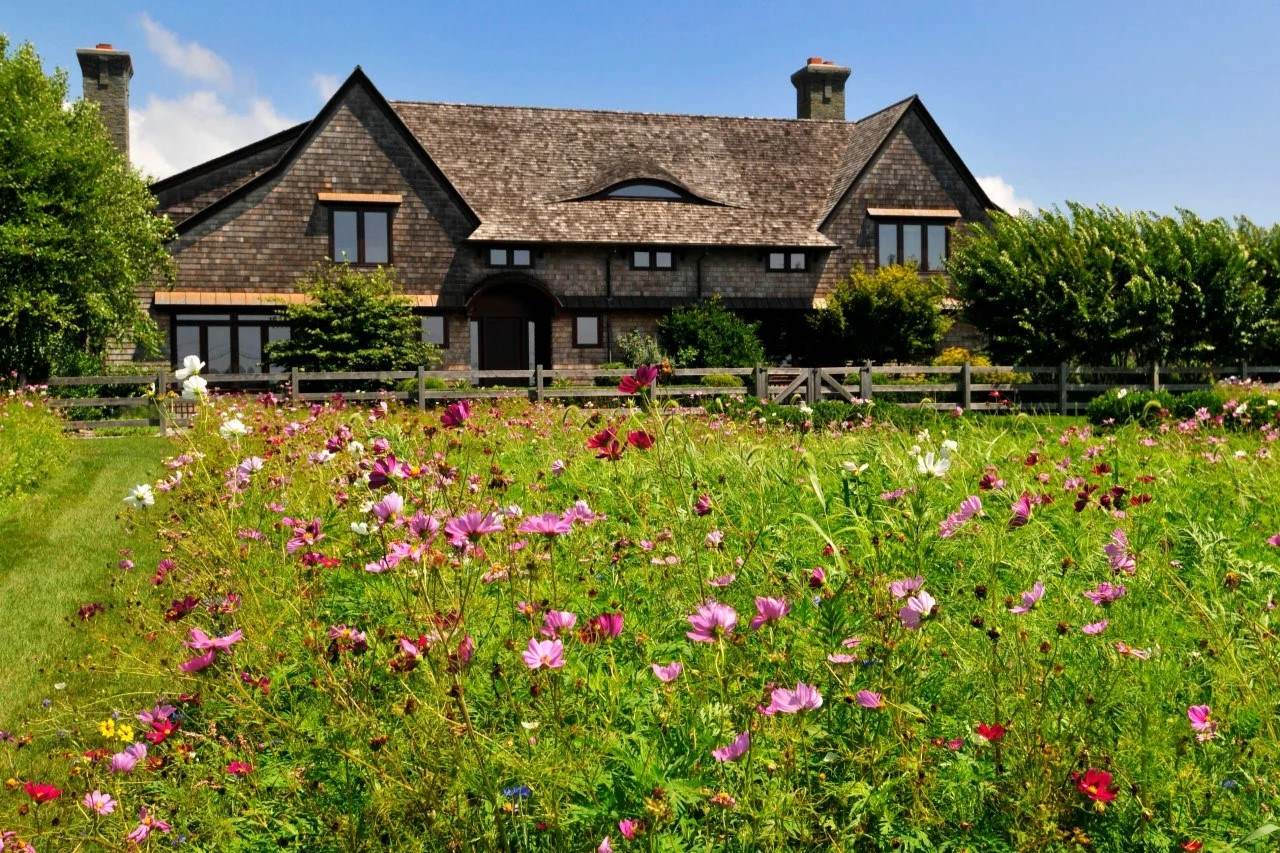

Ideas and Tips
Creating A Wildflower Meadow In Your Backyard
Published: November 3, 2024
Learn how to create a stunning wildflower meadow in your backyard. Attract pollinators, enjoy low-maintenance beauty, and support local wildlife.
(Many of the links in this article redirect to a specific reviewed product. Your purchase of these products through affiliate links helps to generate commission for Storables.com, at no extra cost. Learn more)
Creating a wildflower meadow in your backyard is a wonderful way to bring nature closer to your home, attract pollinators, and enjoy a low-maintenance garden. Wildflower meadows are not only visually stunning but also provide a habitat for various wildlife and offer numerous benefits for the environment. In this article, we will guide you through the process of creating your own wildflower meadow, from planning and preparation to maintenance and enjoyment.
Planning Your Wildflower Meadow
Before you start planting, it's essential to plan your wildflower meadow carefully. Here are some steps to help you get started:
Read more: Why Are Wildflower Meadows Important?
1. Choose the Right Location
The first step in creating a wildflower meadow is to choose the right location. Look for a spot in your backyard that receives full sun to partial shade. Most wildflowers require at least six hours of direct sunlight per day to thrive. Ensure that the area is level and well-drained, as wildflowers do not like standing water.
2. Assess Your Soil
Wildflowers can grow in a variety of soils, but they generally prefer well-draining soil with a pH between 6.0 and 7.0. Test your soil to determine its pH level and nutrient content. If your soil is heavy clay or sandy, you may need to amend it with organic matter like compost or mulch.
3. Consider the Climate
Different regions have different growing seasons and weather conditions that can affect the types of wildflowers you can plant. Research which wildflowers are native to your area and can thrive in your local climate.
4. Set Boundaries
If you have a small yard, consider setting boundaries for your meadow using edging materials like stone, brick, or wood. This will help define the area and prevent the wildflowers from spreading into other parts of your garden.
Read more: How To Maintain A Wildflower Meadow
Preparing the Site
Once you have chosen the right location and assessed your soil, it's time to prepare the site for planting.
1. Clear the Area
Clear any debris, weeds, or existing plants from the area where you plan to create your meadow. Use a garden fork or spade to loosen the soil and remove any roots.
2. Till the Soil
Till the soil to a depth of about 8-10 inches to loosen it up and improve drainage. If your soil is heavy clay or sandy, till it deeper to incorporate more organic matter.
3. Add Organic Matter
Add organic matter like compost or mulch to improve soil fertility and structure. This will help your wildflowers grow strong and healthy.
Read more: How To Grow A Wildflower Meadow
4. Level the Ground
Use a rake or shovel to level out the ground, ensuring it is even and smooth.
Choosing Wildflowers
Selecting the right wildflowers is crucial for creating a diverse and thriving meadow. Here are some tips for choosing wildflowers:
1. Native Wildflowers
Native wildflowers are often the best choice because they are adapted to your local climate and soil conditions. They also provide food and shelter for local wildlife.
2. Mix of Annuals and Perennials
A mix of annuals and perennials will ensure that your meadow remains colorful throughout the growing season. Annuals like cosmos and zinnias bloom in the summer, while perennials like coneflowers and black-eyed susans bloom in the spring and fall.
Read more: How To Convert Lawn To Wildflower Meadow
3. Consider Color and Texture
Choose a variety of colors and textures to create visual interest in your meadow. For example, combine tall grasses with shorter wildflowers for a layered look.
Planting Your Wildflower Meadow
Now that you have prepared your site and chosen your wildflowers, it's time to plant them.
1. Sow Seeds Directly
Sow seeds directly into the prepared soil in the fall or early spring when the soil is cool. This allows the seeds to germinate and establish themselves before the heat of summer.
2. Use Seed Mixes
Use seed mixes specifically designed for wildflower meadows. These mixes usually contain a variety of species that are well-suited for your region.
Read more: Create A Tropical Retreat In Your Backyard
3. Plant in Layers
If you're planting individual plants rather than seeds, plant them in layers to create depth and interest in your meadow. Start with taller plants like grasses or shrubs at the back, followed by mid-height plants like coneflowers, and finish with shorter plants like cosmos.
Maintaining Your Wildflower Meadow
Maintaining your wildflower meadow is relatively easy compared to other types of gardens. Here are some tips for keeping your meadow healthy:
1. Water Sparingly
Wildflowers are drought-tolerant but will still need some water during their first year of growth. Water them sparingly but consistently until they are established.
2. Mulch Around Plants
Mulch around plants to retain moisture in the soil and suppress weeds.
Read more: Creating A Butterfly Garden In Your Backyard
3. Avoid Fertilizers
Avoid using fertilizers as they can promote weed growth and alter the natural balance of your meadow.
4. Control Weeds
Control weeds by hand-pulling them or using a weeding fork to avoid damaging your wildflowers.
5. Prune Deadheads
Prune deadheads from your wildflowers to encourage more blooms and prevent seed dispersal.
Enjoying Your Wildflower Meadow
Creating a wildflower meadow is not just about planting flowers; it's also about enjoying the beauty and benefits they bring to your garden.
1. Observe Wildlife
Observe the variety of wildlife that visits your meadow, such as bees, butterflies, and birds.
2. Take Photos
Take photos of your meadow at different times of the year to capture its changing beauty.
3. Relax in Nature
Relax in nature by sitting among your wildflowers and enjoying their fragrance and colors.
Conclusion
Creating a wildflower meadow in your backyard is a rewarding project that brings numerous benefits to both you and the environment. By following these steps—planning carefully, preparing the site thoroughly, choosing diverse wildflowers, planting them correctly, maintaining them minimally, and enjoying their beauty—you can create a thriving wildflower meadow that will be a joy for years to come.
Read more: How Often To Cut Wildflower Meadow
Additional Tips:
- Seasonal Maintenance: Perform seasonal maintenance tasks like dividing perennials in spring or removing dead plants in fall.
- Pest Control: Use natural pest control methods like attracting beneficial insects or using neem oil instead of chemical pesticides.
- Education: Learn about local regulations regarding invasive species and ensure that your chosen wildflowers are not invasive in your area.
By following these guidelines and tips, you'll be well on your way to creating a stunning and sustainable wildflower meadow that enhances both your garden and the environment around you.
Was this page helpful?
At Storables.com, we guarantee accurate and reliable information. Our content, validated by Expert Board Contributors, is crafted following stringent Editorial Policies. We're committed to providing you with well-researched, expert-backed insights for all your informational needs.
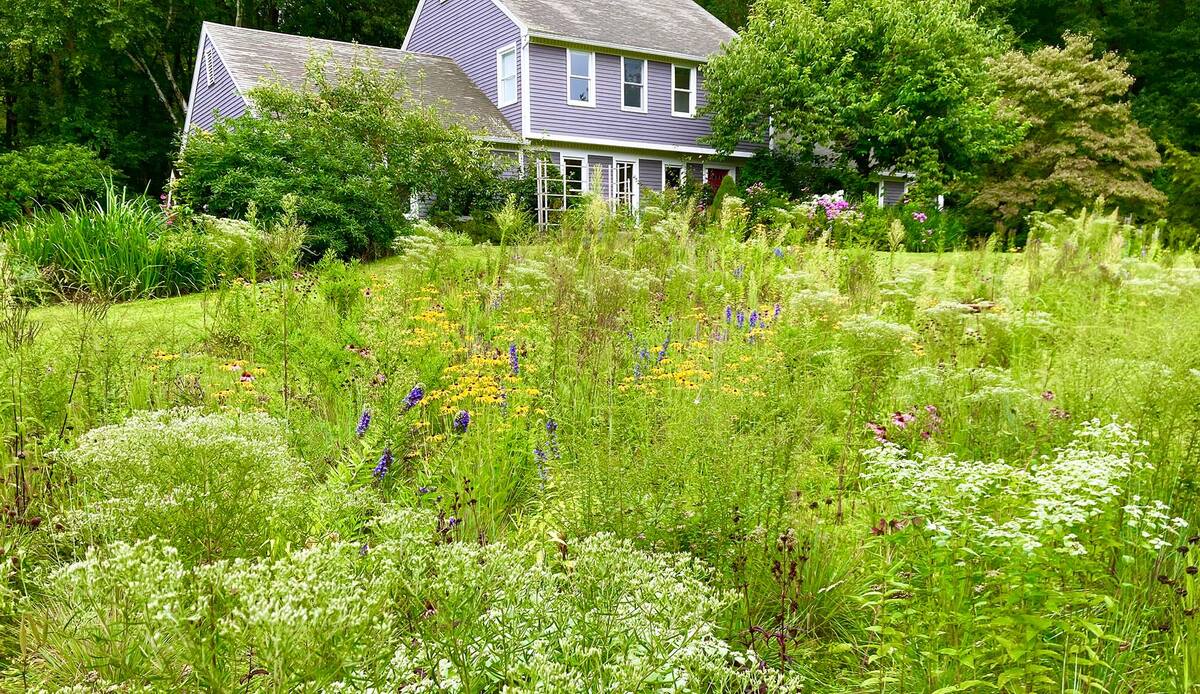
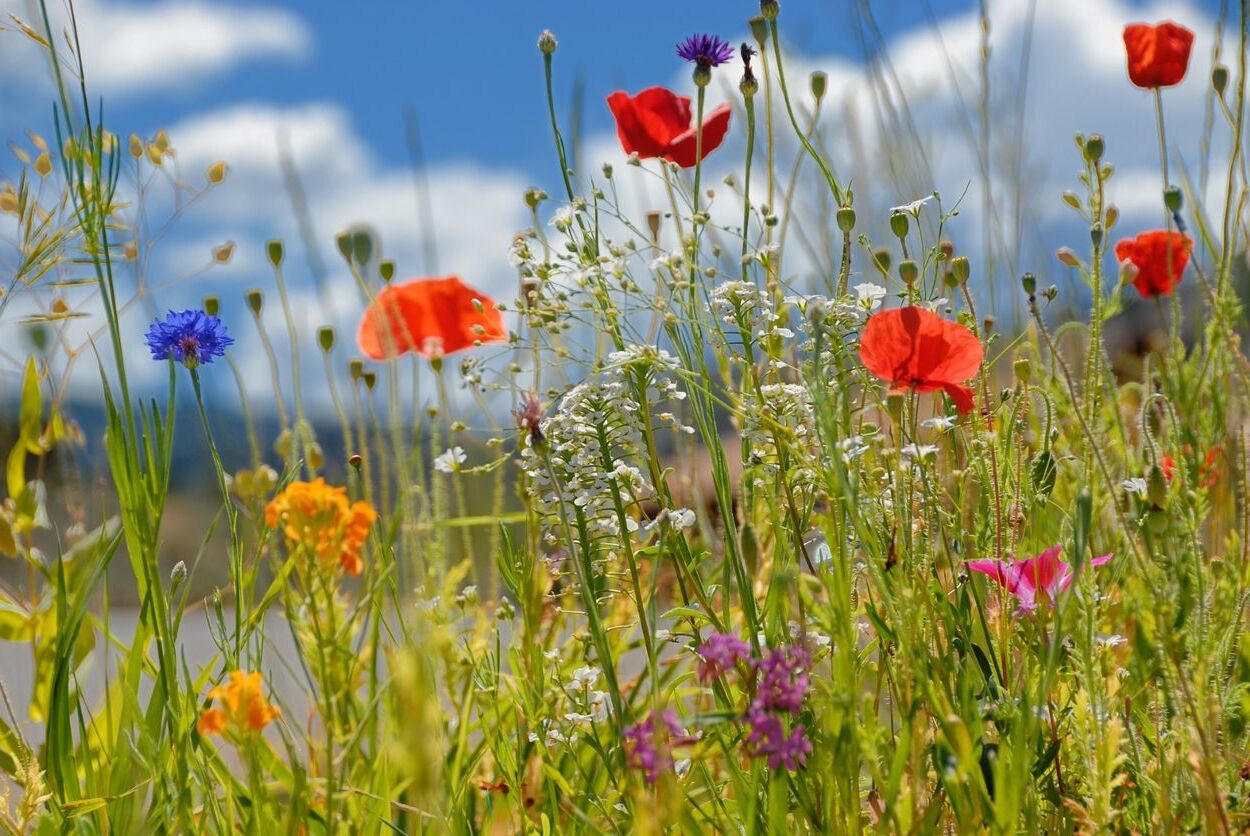
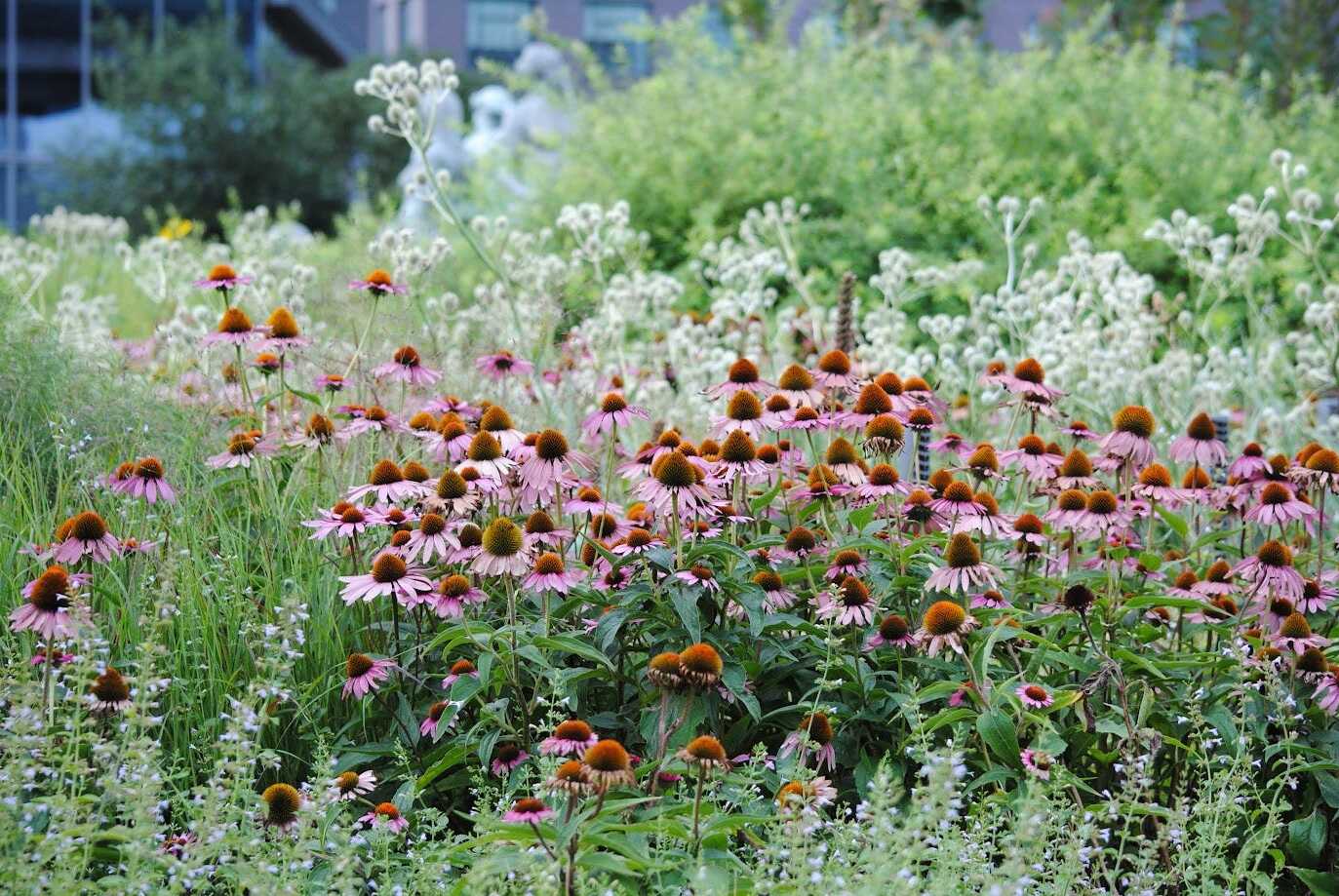
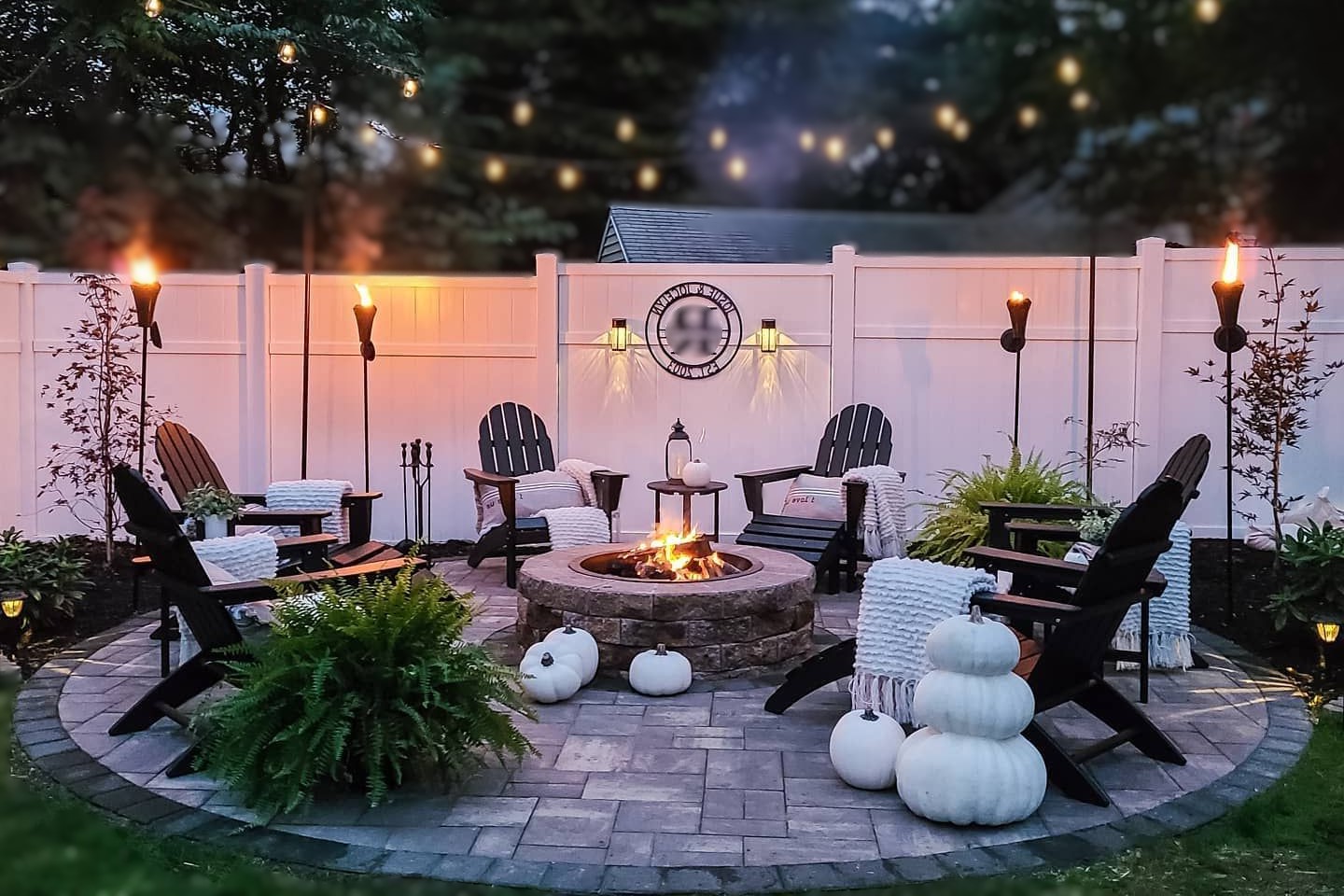
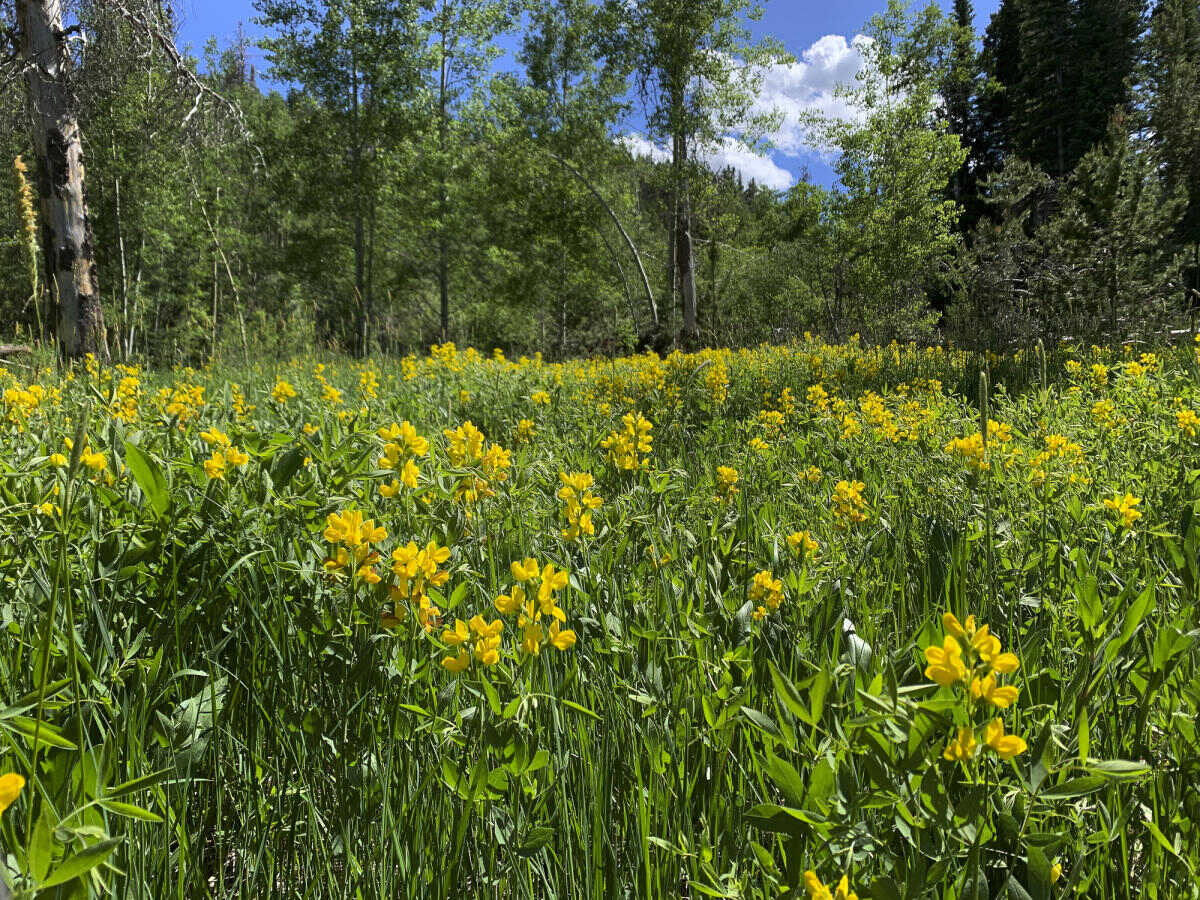
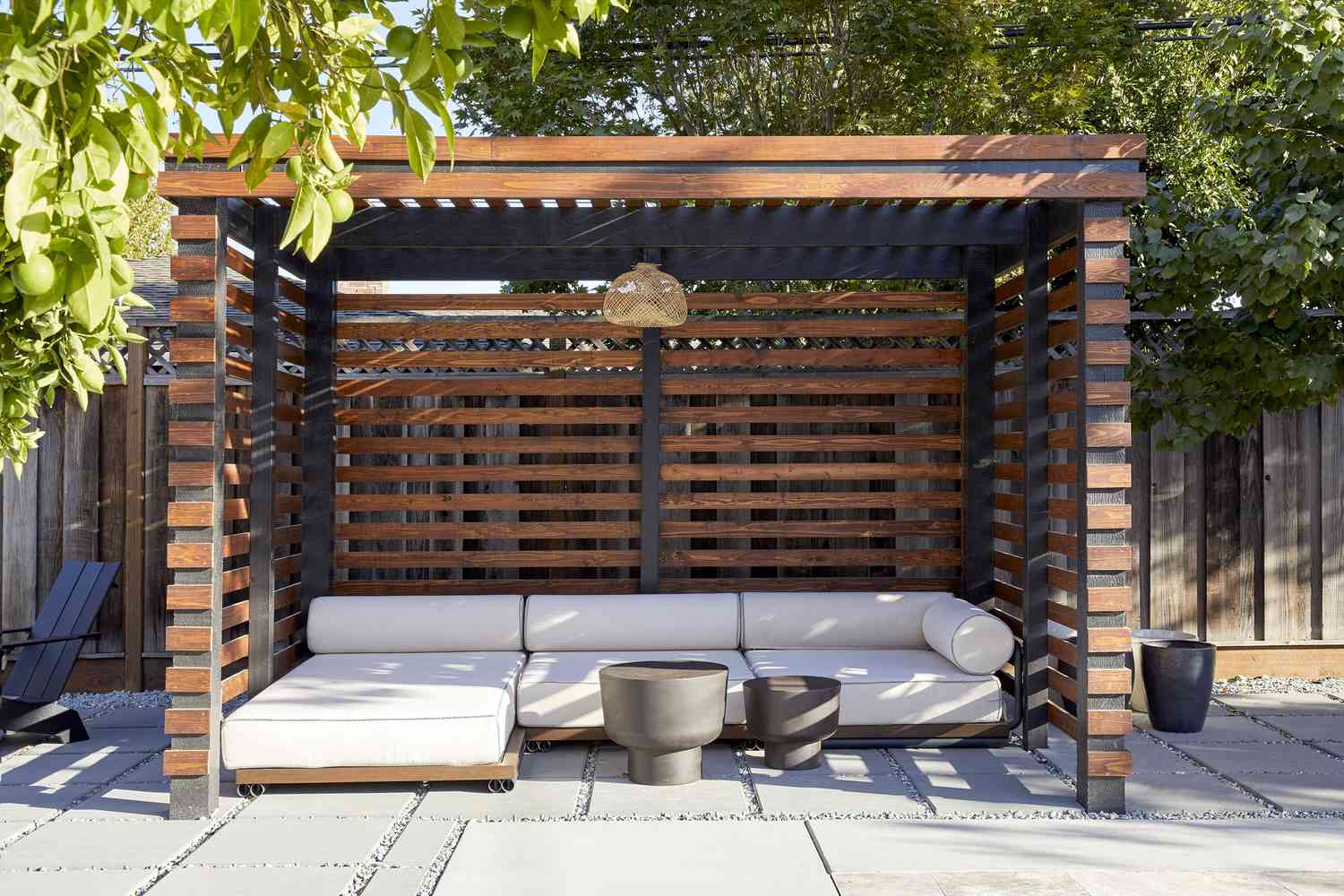

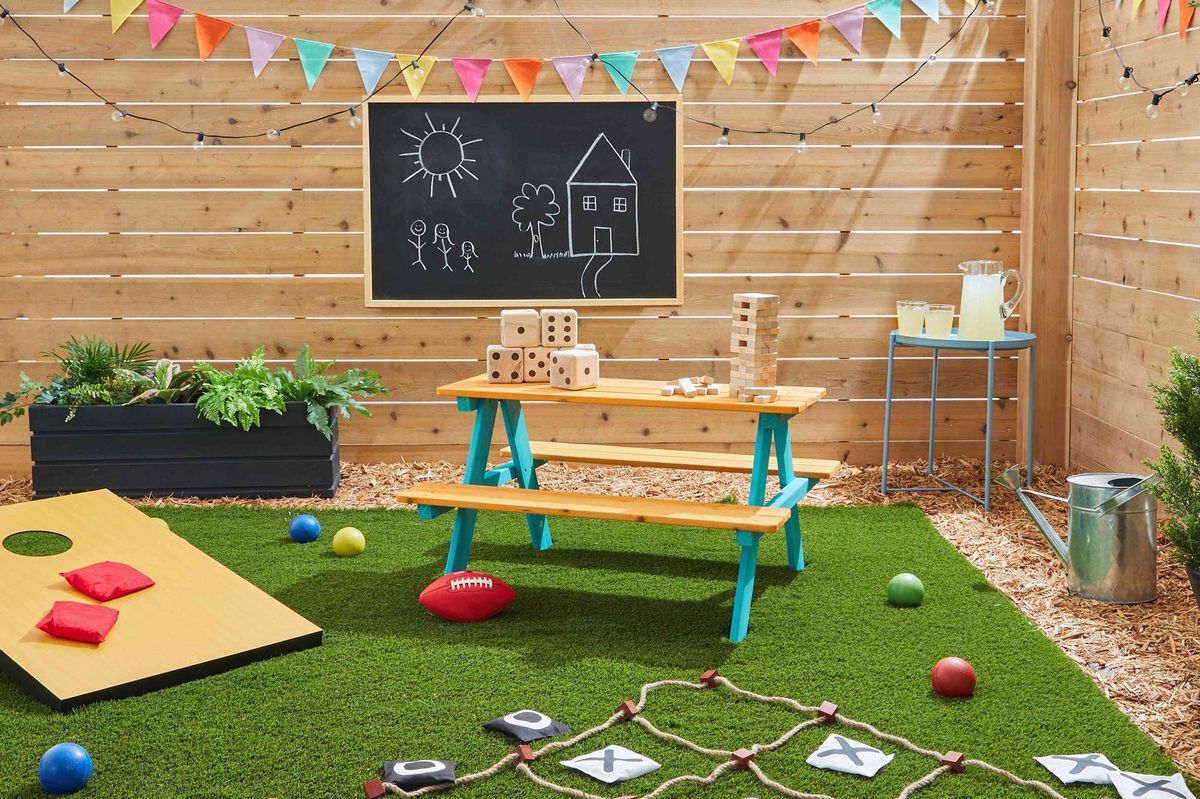

0 thoughts on “Creating A Wildflower Meadow In Your Backyard”